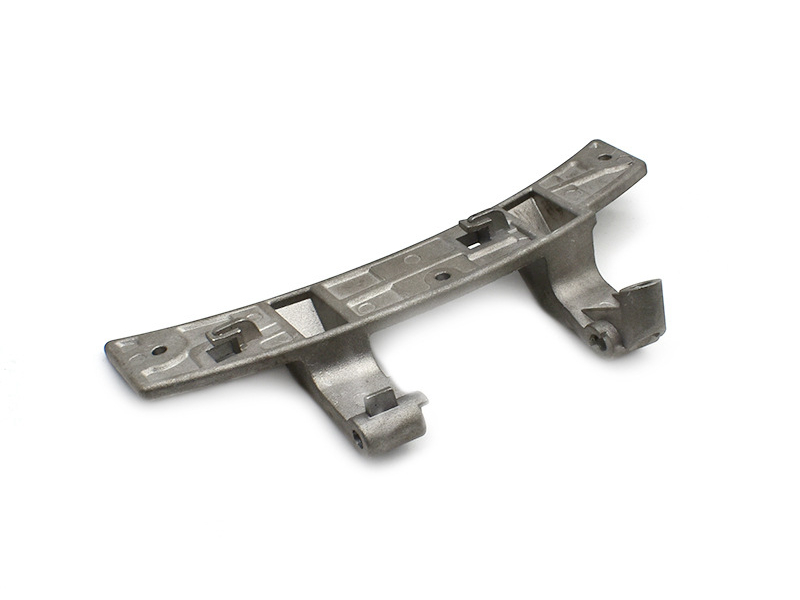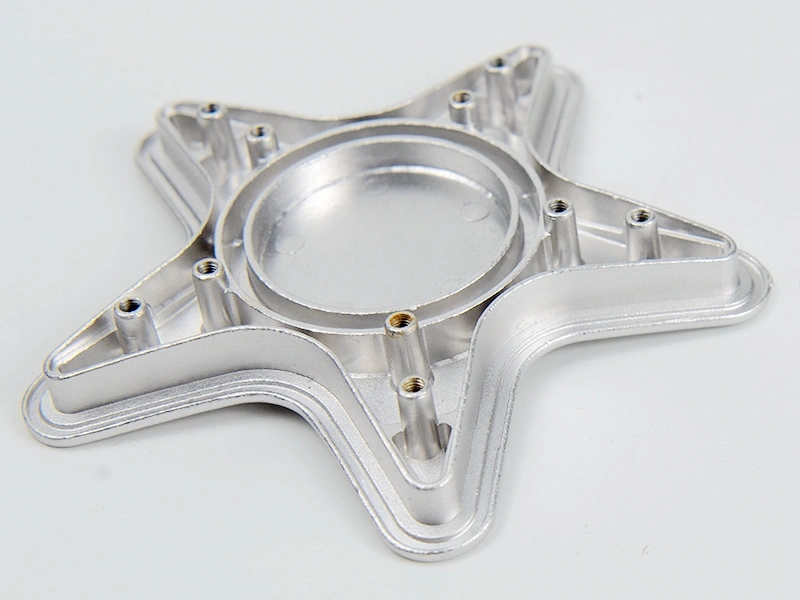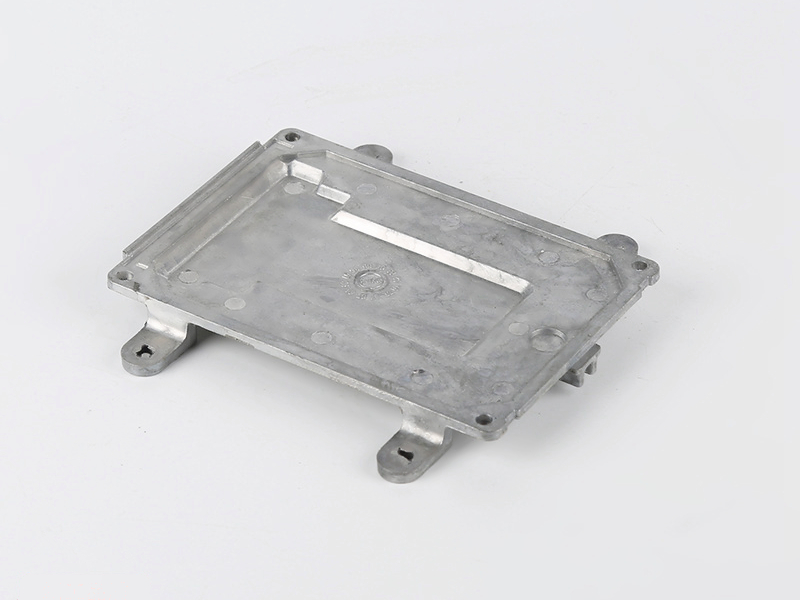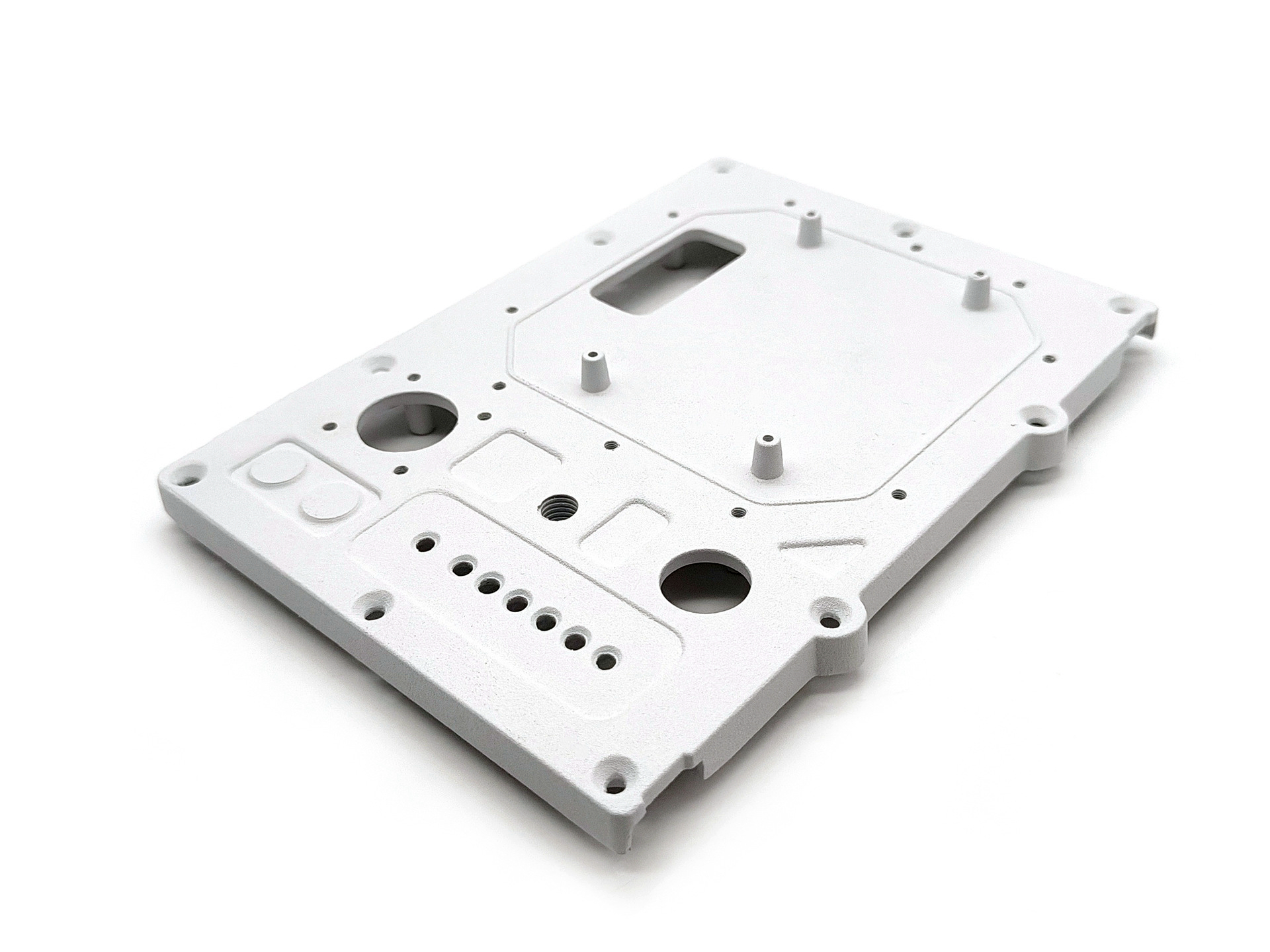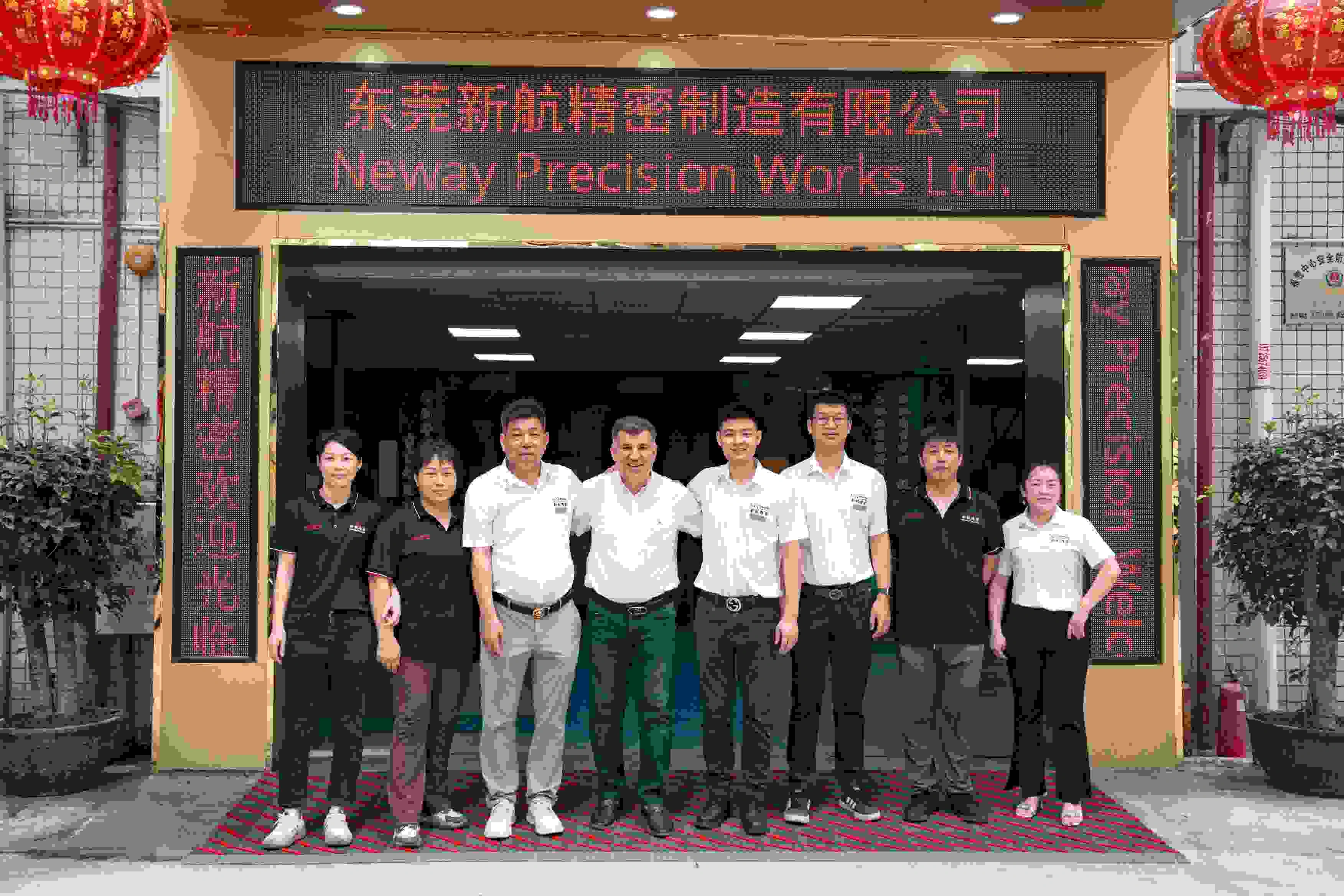How to Select the Most Cost-Effective Metal Casting Process
Introduction
Selecting the most cost-effective metal casting process is a critical decision in product development and manufacturing. With various processes available—such as sand casting, high-pressure die casting, and investment casting—each offers distinct advantages in terms of cost, production volume, and performance. The optimal choice depends on factors such as part complexity, material requirements, surface finish, and production scale.
This guide provides a structured, engineering-driven approach to process selection. It helps manufacturers balance initial tooling investment with per-part costs, ensuring efficient production while meeting stringent design and functional specifications.
Understanding Key Factors Affecting Casting Process Cost
Selecting an optimal metal casting process begins with a clear understanding of the variables that drive cost. Beyond per-part pricing, factors such as tooling investment, material utilization, design complexity, and post-processing requirements all significantly influence the total cost of ownership (TCO). Analyzing these factors allows engineers to make informed decisions tailored to specific project needs.
Material Selection and Its Impact on Cost
Material choice directly impacts casting costs. For example, aluminum alloys such as A380 or A413 are popular for their lightweight and excellent castability, making them ideal for automotive and consumer electronics components. In contrast, Copper alloys or Zinc alloys offer superior corrosion resistance and wear properties but often carry higher material costs.
Additionally, high-strength alloys like AlSi9Cu3 or AlSi10Mg may require specialized processing, further affecting cost. Material availability, alloy purity, and recycling rates also contribute to final pricing.
Part Design Complexity
Complex geometries, such as thin walls, undercuts, internal cavities, and integrated features, influence casting feasibility and cost. For instance, high-pressure die casting (HPDC) excels in producing intricate, high-precision components for industries such as automotive and consumer electronics. However, achieving these results requires sophisticated tooling, precise temperature control, and tight process parameters.
Conversely, simpler components—such as those suitable for sand casting or gravity casting—can be produced with lower tooling costs, but may not achieve the same dimensional tolerances or surface finish.
Production Volume Consideration
Production volume plays a pivotal role in determining the most cost-effective process. For low-volume manufacturing or prototyping, methods such as sand casting or urethane casting offer lower upfront investment and shorter lead times, making them ideal for product development cycles or specialty markets.
In contrast, high-pressure die casting becomes increasingly cost-effective at scale, where the high initial tooling costs are amortized over large production runs, delivering low per-part costs suitable for mass production.
Tolerances and Surface Finish Requirements
Precision and surface finish directly affect processing cost. Applications requiring tight tolerances or specialized surface treatments may necessitate additional post-machining, anodizing, powder coating, or painting—all of which add value but also increase overall costs.
For example, precision-manufactured aluminum die-cast housings in consumer electronics require both aesthetic and functional quality, often driving the choice of process and post-processing. Similarly, medical components demand stringent quality control, contributing to higher total costs.
Comparing Common Metal Casting Processes for Cost-Effectiveness
Choosing the right metal casting process hinges on understanding how each method performs in terms of tooling cost, per-part cost, achievable precision, and production efficiency. Below is a comparative overview of widely used casting processes, helping engineers align process capabilities with project cost targets.
Sand Casting
Sand casting remains one of the most flexible and cost-accessible options for low- to mid-volume production. Tooling involves relatively low-cost patterns, and the process is compatible with a wide range of materials, including iron, aluminum, and copper alloys.
While it excels for large, simple geometries such as industrial components and housings, sand casting produces rougher surface finishes and lower dimensional accuracy. Parts often require post-processing, such as machining or finishing. For prototype development or heavy machinery, sand casting remains a cost-effective choice.
High Pressure Die Casting (HPDC)
High-pressure die casting is ideal for producing intricate components at high volumes. The process forces molten metal into steel dies under high pressure, achieving excellent dimensional accuracy and fine surface finishes suitable for applications in automotive, electronics, and consumer products.
The upfront tooling costs are high, but the per-part cost is extremely low when amortized over mass production runs. For example, Volkswagen’s aluminum ADC12 high-pressure die casting project exemplifies the cost efficiency of HPDC at automotive production volumes.
Low Pressure Die Casting (LPDC)
Low-pressure die casting offers a balance between tooling investment and part performance. Using moderate injection pressure, LPDC provides superior material density and mechanical properties compared to sand casting, with better dimensional accuracy.
LPDC is particularly suited for aluminum alloy components such as structural frames and wheels, where strength and quality are prioritized. Though per-part cost is higher than HPDC, LPDC tooling is less complex, making it competitive for medium production volumes.
Investment Casting (Lost Wax)
Investment casting excels in producing highly complex, thin-walled geometries that other processes cannot match. Though per-part costs and lead times are higher, investment casting is optimal for aerospace, medical, and precision industrial applications where performance justifies the expense.
While not always the most cost-effective for high-volume manufacturing, investment casting remains invaluable for achieving design freedom, as seen in custom heat exchangers and precision pump valve components.
Gravity Casting
Gravity casting, also known as permanent mold casting, is ideal for producing medium volumes of simple to moderately complex parts with good mechanical properties and lower porosity than HPDC.
Tooling costs are relatively low, and the process works well for both aluminum and copper alloys. Applications include lighting fixtures, heat sinks, and industrial hardware where strength and thermal performance matter.
Centrifugal Casting
For cylindrical parts such as pipes, rings, and bearing sleeves, centrifugal casting offers excellent material integrity and low scrap rates. The process eliminates internal porosity through centrifugal forces, delivering dense and defect-free products.
Tooling costs are modest, making it ideal for specialized copper alloys or high-strength aluminum alloys where mechanical performance is paramount.
Permanent Mold Casting
Permanent mold casting provides a middle ground between sand casting and HPDC. The use of reusable metal molds improves dimensional accuracy and surface finish compared to sand casting, while keeping tooling costs significantly lower than HPDC.
This method is ideal for low- to medium-volume manufacturing of parts such as housings, pump bodies, and structural components across automotive, aerospace, and industrial machinery sectors.
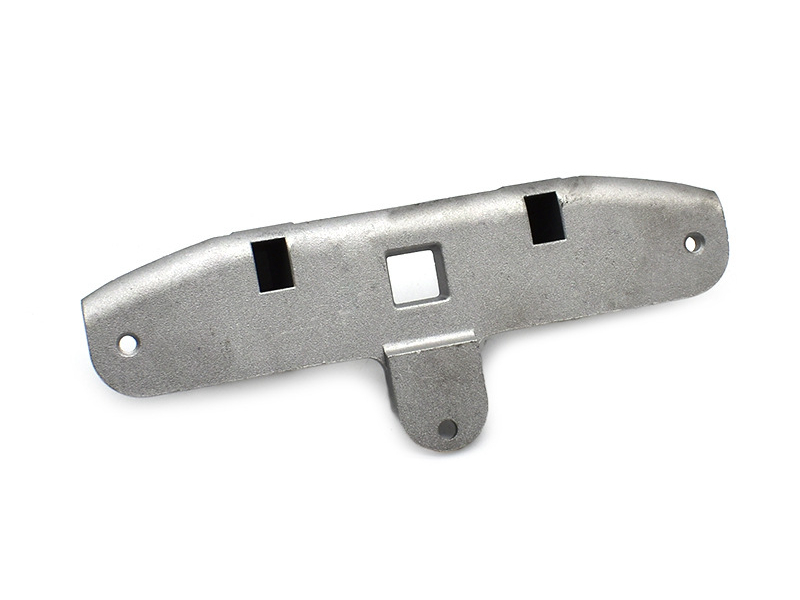
Process Selection Framework for Cost Optimization
A systematic selection framework ensures that manufacturers choose the most cost-effective casting process tailored to their specific project requirements. This framework helps balance design intent, tooling investment, per-part costs, and post-processing to optimize both performance and budget.
Matching Process with Design & Functional Requirements
The starting point is always the part’s functional and design specifications.
For simple, large parts with minimal surface finish demands, sand casting often provides the lowest overall cost.
Complex geometries and thin-walled structures, such as those found in consumer electronics or automotive engine components, are best served by high-pressure die casting (HPDC).
Specialty applications demanding strength and precision—such as medical devices or aerospace hardware—may justify the higher cost of investment casting or low pressure die casting.
Balancing Initial Tooling Cost and Per-Part Cost
Tooling cost is one of the largest drivers of process economics.
HPDC tooling can range from $20,000 to $100,000+, but per-part costs may drop below $1 for very high-volume runs (100K+ parts).
Sand casting patterns cost a fraction of that but result in higher per-part costs and longer cycle times.
Gravity casting and permanent mold casting strike a balance for low- to mid-volume manufacturing, where moderate tooling investments can be amortized over 5,000 to 20,000 units.
A key consideration is production forecast: when volumes are uncertain or demand is variable, investing heavily in tooling may not be justified.
Considering Post-Processing Needs
Post-processing significantly influences the total cost of ownership (TCO).
Parts requiring tight tolerances or cosmetic finishes may require post-machining, tumbling, anodizing, powder coating, or painting.
For example, premium surface finishes are mandatory in consumer products and medical components.
HPDC can reduce the need for post-processing due to its excellent surface finish, but sand casting almost always requires additional machining and finishing.
Careful process selection can thus minimize downstream costs.
Factoring in Quality, Yield, and Scrap Rates
Process stability and yield rates also affect overall cost.
HPDC delivers high cycle rates but can suffer from porosity if not well-controlled, especially for larger parts or complex geometries.
Gravity casting and permanent mold casting offer better consistency for certain alloys, with lower scrap rates.
Processes like investment casting provide near-net-shape results, reducing the need for machining, but involve longer cycle times and more labor.
Including scrap costs and quality inspection overhead in the cost model provides a more realistic picture of TCO.
Case Study Comparison (Example Table)
Process | Typical Tooling Cost | Per-Part Cost | Best for | Notes |
|---|---|---|---|---|
Sand Casting | Low ($500–$5,000) | High ($15–$100+) | Prototypes, large parts | High flexibility, rough finish |
High Pressure Die Casting | High ($20K–$100K+) | Low (<$1–$5) | High-volume, complex precision parts | Excellent surface finish, fast cycle |
Low Pressure Die Casting | Medium ($10K–$50K) | Medium ($5–$20) | Medium-volume structural components | Good strength, quality |
Investment Casting | Low-medium ($2K–$10K) | High ($20–$200) | Aerospace, medical, fine detail | Best for complex geometries |
Gravity/Permanent Mold Casting | Medium ($5K–$20K) | Medium ($3–$10) | Lighting, heat sinks, industrial parts | Balanced cost vs. quality |
Centrifugal Casting | Medium ($5K–$15K) | Medium ($5–$20) | Rings, pipes, high-integrity components | Dense, defect-free pa |
